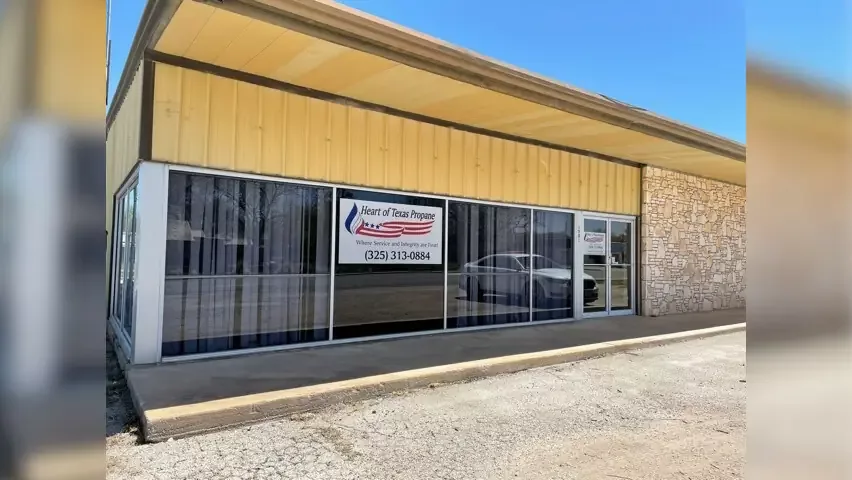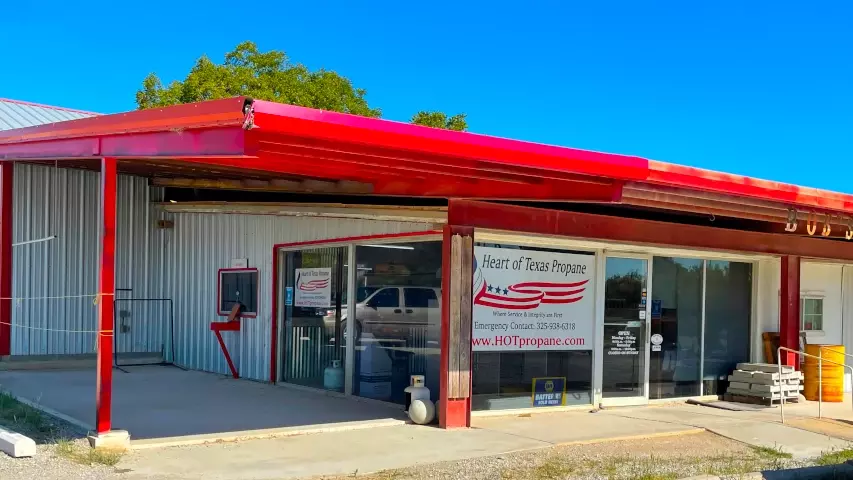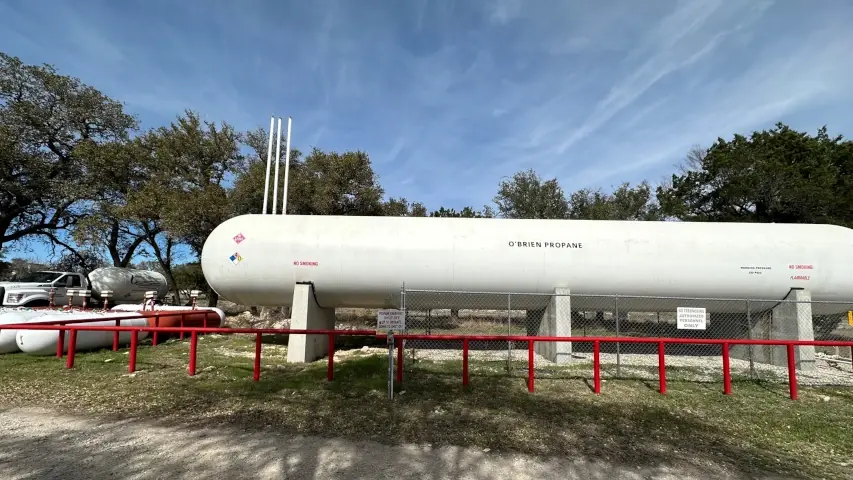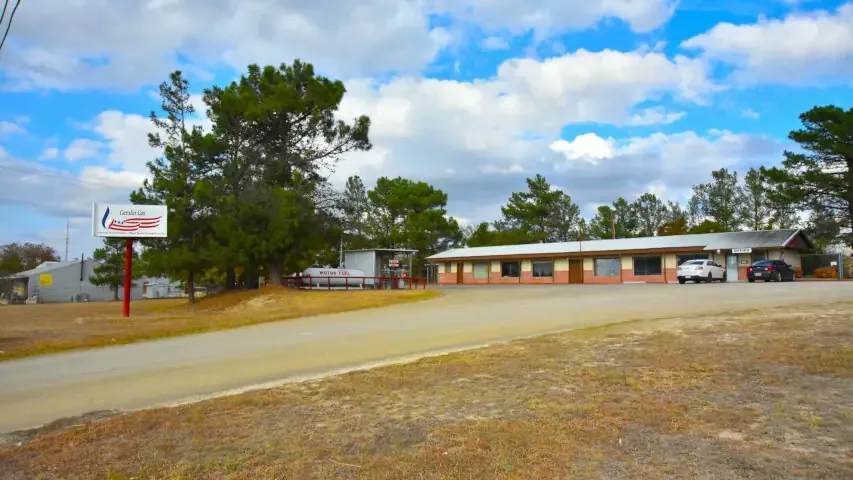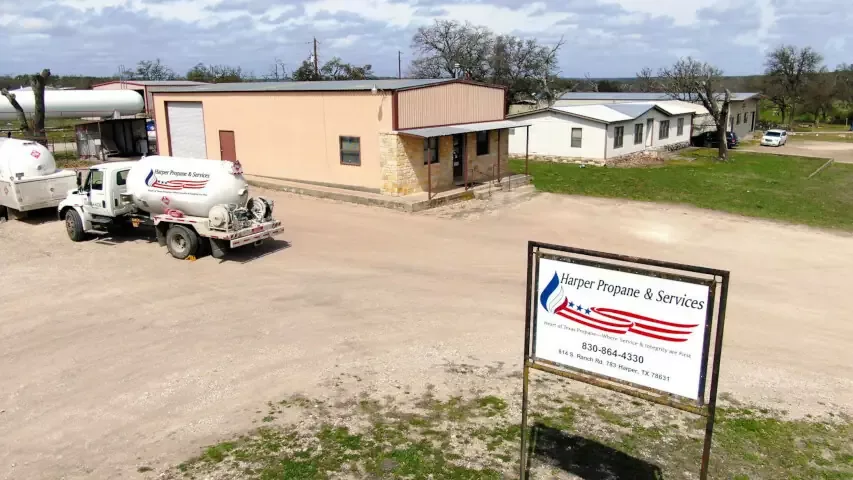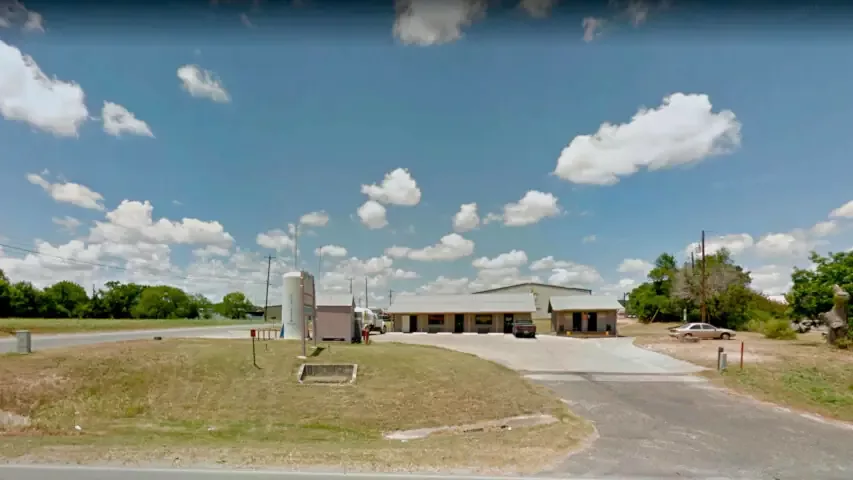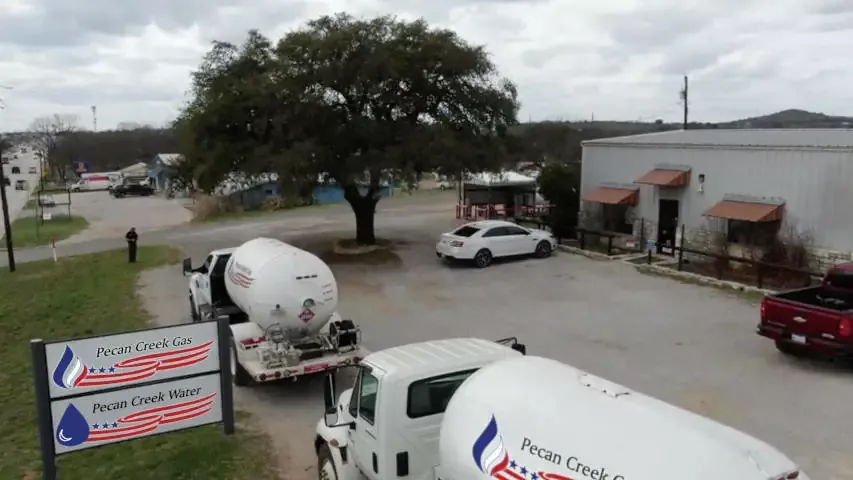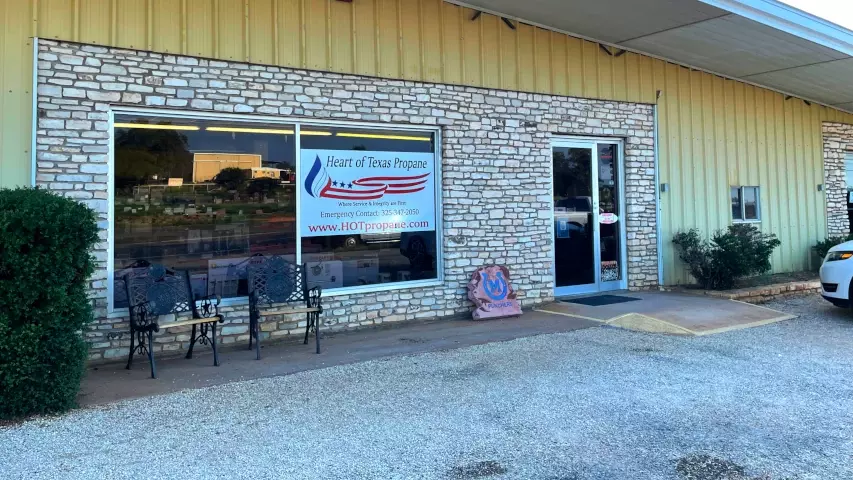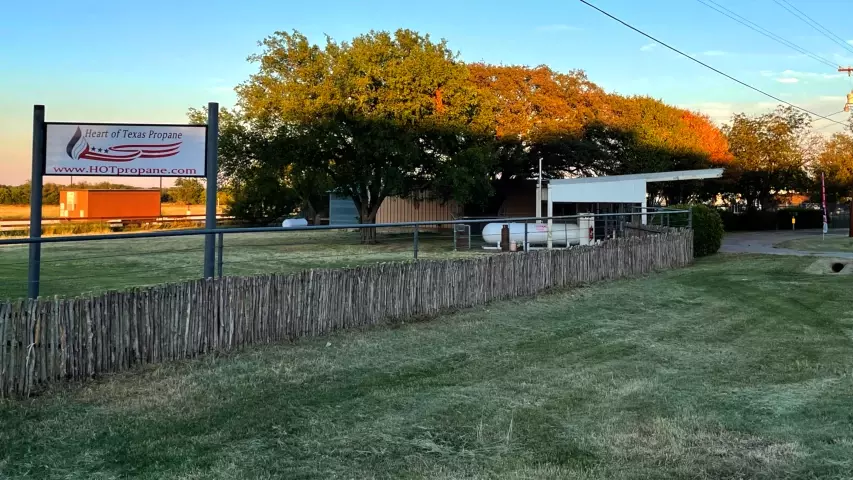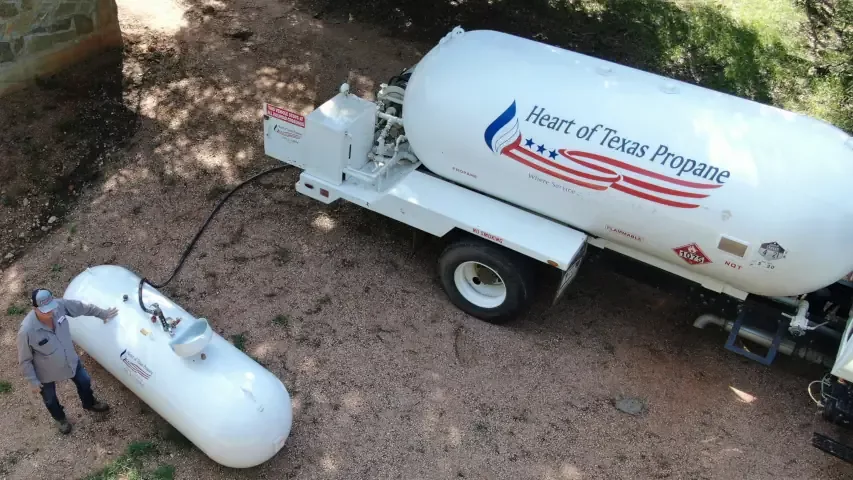Winter Propane Tank Care
Debunking Myths and Ensuring Safety in Texas
Introduction
As winter approaches in Texas, it's crucial to pay attention to the care and maintenance of propane tanks, especially for those relying on them for heating and other purposes. In this blog, we'll explore essential tips for protecting your propane tank during the colder months and debunk some common myths surrounding propane bottles and tanks.
Myth #1: Propane Tanks Don't Need Winter Protection:
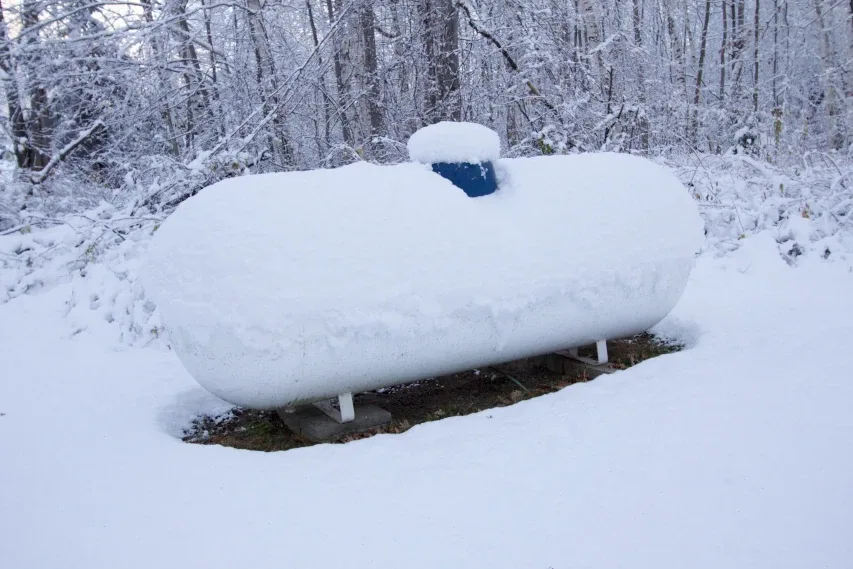
One of the common misconceptions is that propane tanks are immune to winter weather. However, extreme cold temperatures can affect the performance of propane and even lead to potential issues. To ensure your propane tank functions optimally, consider implementing the following precautions.
Tips for Winter Propane Tank Care:
Install a Tank Blanket:
Invest in a tank blanket, specifically designed for propane tanks. These insulated covers help maintain a consistent temperature, preventing the propane inside from freezing.Clear Snow and Ice:
Regularly clear snow and ice accumulation around your propane tank. This not only ensures easy access for deliveries but also prevents potential damage to the tank and its components.Keep Vents Clear:
Check and clear any vents or openings on your propane tank. Blocked vents can disrupt the proper functioning of the tank and lead to safety concerns.Maintain a Safe Distance:
Position your propane tank at a safe distance from driveways and walkways. This minimizes the risk of accidental damage from snow removal equipment or slipping hazards.
Myth #2: Propane Tanks Are Prone to Explosions:
While propane is a flammable gas, the risk of explosions is minimal when tanks are handled and maintained properly. Following safety guidelines and regular inspections significantly reduces the likelihood of accidents.
Safety Measures:
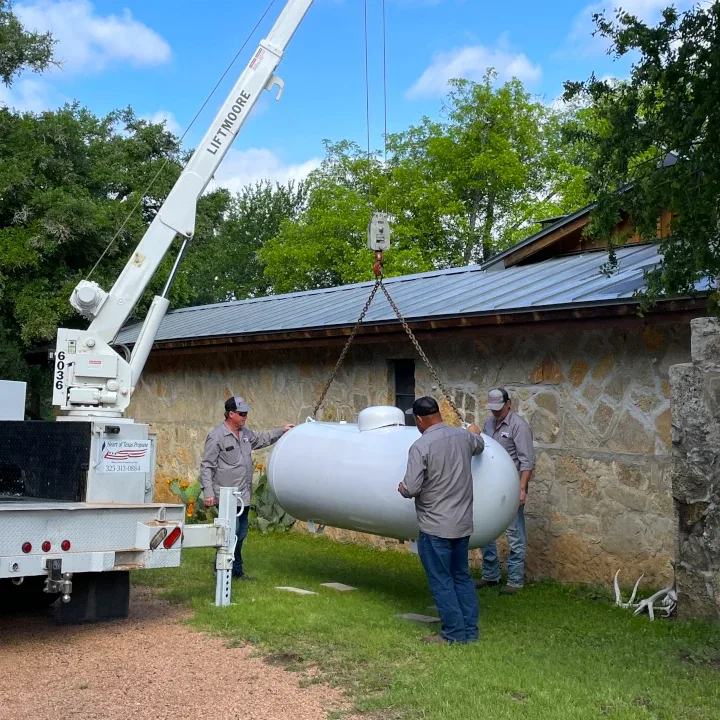
Regular Inspections:
Schedule routine inspections for your propane tank. Ensure that valves, fittings, and other components are in good condition. If you notice any damage or wear, contact a qualified technician for repairs.Secure Placement:
Anchor your propane tank securely to prevent accidental tipping. This ensures stability, especially during extreme weather conditions.Professional Installation:
Always opt for professional installation services. Certified technicians are trained to install propane tanks safely, following industry standards and regulations.
Conclusion
Taking proactive measures to protect your propane tank during the winter months is essential for both efficiency and safety. By debunking common myths and following recommended guidelines, you can ensure a reliable propane supply for your heating needs in Texas. Stay warm and safe this winter!
Get Your Tank Inspected
Schedule a service call to have your propane tank inspected and serviced.
More Fuel for Thought Blog Posts

Schools Switching to Propane School Buses
Propane school buses save Texas Hill Country districts money, cut maintenance costs, and qualify for grants—making them a smart, budget-friendly choice.

Hidden Fees in Propane Delivery
When it comes to keeping your home, ranch, or business running on propane, the price you see advertised isn’t always the price you pay.
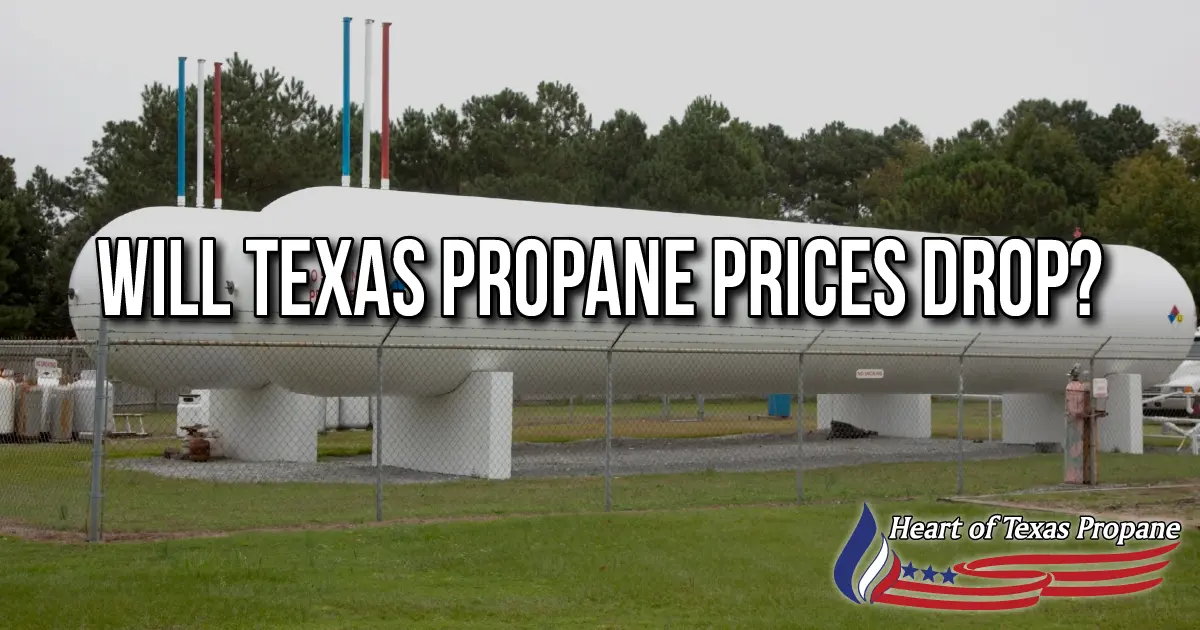
Will Texas Propane Prices Drop?
Texas propane supply is stronger than ever. Here’s what that means for prices and what Hill Country customers can do to save.
